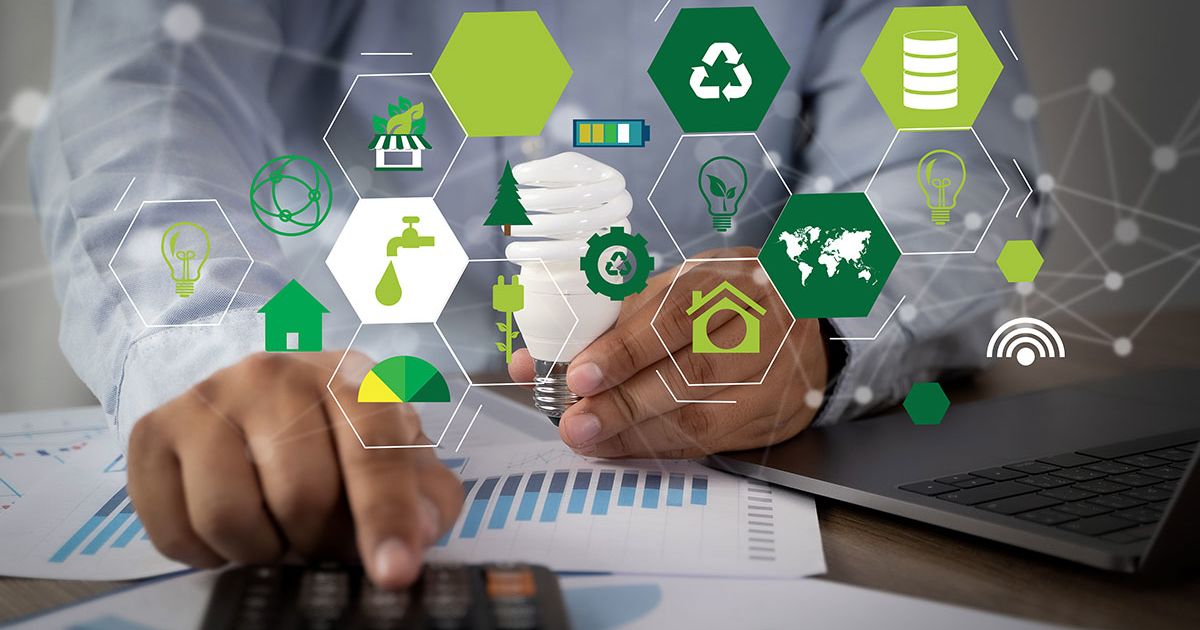Sustainability is a key part of protecting the environment from the impacts of climate change. In essence, sustainability is all about maintaining and reusing natural resources rather than depleting them, which means avoiding the use of fossil fuels and recycling or reusing as many things as possible.
Overall, sustainability seems like a simple concept, but it can actually be quite hard to eliminate unsustainable practices when our society relies on ever-increasing production and the burning of fossil fuels. If you’re struggling with sustainability as a small business owner, here’s how you can start implementing sustainable practices in your business.
Research
First of all, you need to truly understand something before you can decide how to tackle an issue. Therefore, your first step should be to research sustainability and learn about how other businesses have tried to address environmental problems. Once you know more about how your business may impact the environment negatively, you’ll be able to think of ways to reduce these harmful effects. To get started on researching sustainability and renewable energy in particular, you could consider taking online courses in renewable energy and the environment with pexapark.com.
Examine your current business practices

Once you know which business practices are harmful to the environment and why, you can take a closer look at your business to see if you can identify any areas of concern. Each business will have its own unique struggles to contend with, so you can’t simply copy another business’s sustainability strategy and expect it to work perfectly. Examine all of the processes within your business and ask yourself how you could improve sustainability – this will form your own sustainability strategy.
At this stage, it’s important not to make assumptions, so take a deep dive into your business practices and extract some data. When you have hard numbers to work with, you’ll be able to accurately measure what kind of an impact any sustainable changes you make are having. For example, assuming certain machines use a lot of energy and getting rid of them may be having a smaller impact than you realize. Spend some time understanding your biggest problem areas so you can tackle those first.
Reduce waste
One area of concern that pretty much any small business will face is waste reduction. Throughout all of your business’s operations, it’s likely that waste products will be created, which harms the environment. For example, many small businesses use a lot of paper for things like record-keeping, invoices, and receipts. To become more sustainable, you could start by reducing the amount of paper you waste by using cloud technology, which will help you create secure digital records.
To embark on a successful journey towards sustainable packaging, consider incorporating lightweight customized poly mailer bags, which not only contribute to reducing environmental impact but also offer practical and efficient solutions for your business.
If a certain amount of waste is unavoidable, try partnering with recycling companies that can ship all your waste off and repurpose it. You may even be able to buy your waste back in its new form and use it again! Recycling companies are especially useful when it comes to recycling electronics or plastics, as these can be more difficult to deal with than materials like paper or glass.
Use second-hand equipment

Another way that many small businesses could reduce their carbon footprint is by buying second-hand equipment. Often, you can find second-hand equipment that’s only lightly used, so you don’t need to worry about settling for something that’s low-quality. By giving these used items a second chance, you’ll prevent them from being discarded and wasted, which is a key sustainable practice. As a bonus, buying second-hand equipment is much cheaper too!
Invest in green technology
Sometimes, becoming more sustainable requires you to invest some money into greener technology, but over time, this can actually be extremely cost-effective. This is because green technology (e.g., energy-saving lightbulbs or equipment that turns itself off if it hasn’t been used for a while) can help you save on your energy bills, so you’ll be helping both your finances and the planet.
However, one of the best ways to care for the environment while saving money is by investing in renewable energy. Many businesses buy solar panels or even small wind turbines that can produce all the energy they need in a year. While it’s true that investments in technology like this can require a significant amount of capital upfront, renewable energy will pay for itself several times over in the long run. Make sure you conduct a thorough assessment before investing in a type of renewable energy to make sure it’s suitable. For example, solar panels may not be the best option for businesses in a particularly cloudy area.
Ask your customers for advice

Customers are often the first to speak up when a business isn’t as sustainable as it could be. From complaints about excessive packaging to queries about manufacturing processes, customers aren’t shy about telling businesses to do better. Not only will you gain insight into unsustainable practices you may not have considered before, you’ll know that any changes that your customers suggest will be welcome ones. For example, some businesses worry that by going paperless customers will feel like they aren’t making an effort. However, if your customers are tired of receiving paper invoices and marketing leaflets, you’ll know it’s the right move for everyone.
Announcing sustainable changes to your customer base also makes you accountable. It’s very easy to set out to become a greener business and then fail to follow through, but by telling your audience you’re forcing yourself to make good on your word.
Moving towards a sustainable future
As a small business owner, it can sometimes be hard to know how to implement sustainable business practices. Follow the advice in this helpful article to start making eco-friendly changes within your small business. Don’t worry about making these changes all at once – sustainability is a process. Try to resolve problems one step at a time while setting goals for where you want to be in one, five, and ten years.
It can seem like our efforts to be more sustainable aren’t making much of an impact, but together, we really can make a big difference.









